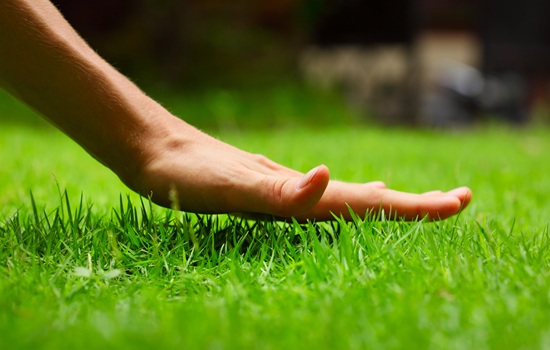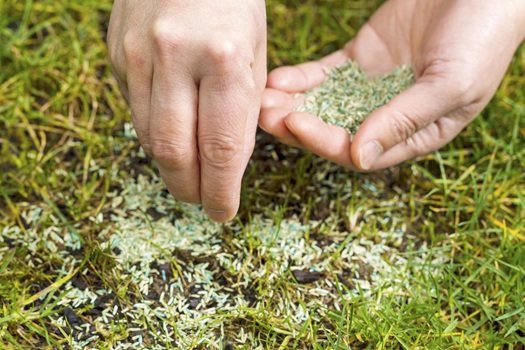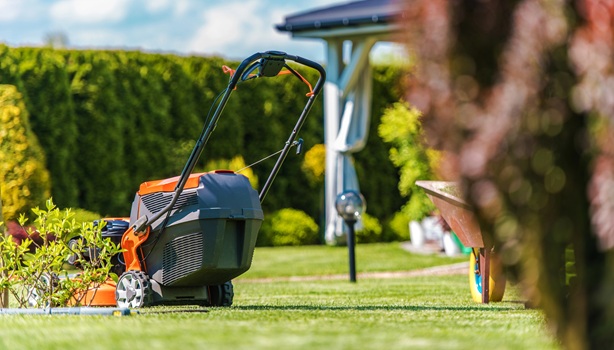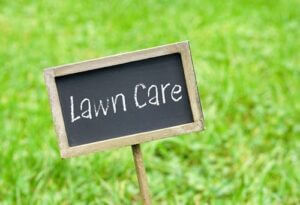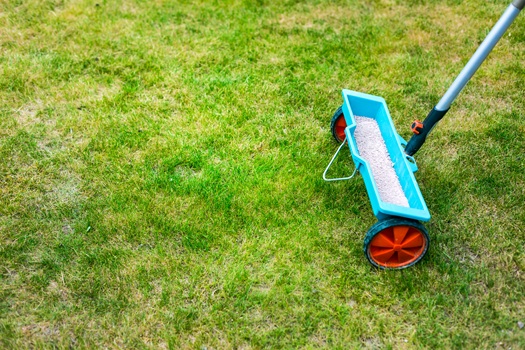
When temperatures rise and rainfall becomes unpredictable, your lawn starts working overtime. Between intense sun, dry soil, and unexpected storms, it’s no surprise that grass begins to lose color or weaken. That’s exactly why the right fertilizing services are essential during the summer months.
Not all fertilizers are made the same, especially when the weather turns hot. Choosing the right type of nutrition, applied the right way, helps your lawn stay green without causing unwanted stress. Let’s talk about how to keep your yard healthy, strong, and vibrant through summer’s most demanding days.
- Why Summer Fertilizing Services Require a Different Approach
- The Right Fertilizing Services Use Potassium and Micronutrients
- Summer Fertilizers Help Manage Stress from Heat and Rain
- Timing Matters: Spoon-Feeding Your Lawn is Best
- Cool-Season vs. Warm-Season Grasses Need Different Care
- Summer Fertilizer Supports Year-Round Lawn Health
Why Summer Fertilizing Services Require a Different Approach
It’s tempting to stick to the same products year-round, but summer calls for a shift in strategy. Instead of pushing rapid growth like in spring, summer fertilizing services focus on moisture retention, stress resistance, and slow, steady feeding.
For example, too much nitrogen during a heatwave can cause a sudden growth spurt that drains your lawn’s energy and water reserves. That’s why slow-release fertilizers work better this time of year. They provide just enough nitrogen to maintain color without encouraging aggressive top growth.
The Right Fertilizing Services Use Potassium and Micronutrients
In addition to nitrogen, your lawn in Conway SC needs potassium—especially during hot weather. This element helps your grass stay resilient under pressure. It supports cell structure and improves your lawn’s ability to handle drought and temperature swings.
Professional fertilizing services often include micronutrients like iron as well. Iron helps maintain that rich green color without overstimulating blade growth. So, your lawn looks better without growing faster than it should.
Summer Fertilizers Help Manage Stress from Heat and Rain

Lawn care in Conway SC
With summer comes an unpredictable mix of dry spells and heavy downpours. That’s hard on your yard. During these conditions, fertilizing services need to work with the environment, not against it.
Most summer blends include ingredients that improve water absorption and fight weed competition. They also strengthen roots, helping the grass dig deeper into the soil for moisture. This leads to a more durable lawn that holds up better in both drought and flooding.
Timing Matters: Spoon-Feeding Your Lawn is Best
Instead of applying one heavy dose, the best fertilizing services take a “spoon-feeding” approach—small, measured applications spaced out over the season. This keeps nutrients available without overwhelming the roots or causing burn during hot days.
Regular feeding also helps your lawn recover more easily from foot traffic, insects, and mowing stress. It’s a smoother, safer way to get long-term results without short-term damage.
Cool-Season vs. Warm-Season Grasses Need Different Care
If your lawn has cool-season grass like fescue or rye, it might begin to slow down or even go dormant in extreme heat. In that case, applying too much fertilizer can cause more harm than good. On the other hand, warm-season grasses like Bermuda or zoysia thrive in summer but still need the right nutrients to stay strong.
Professional fertilizing services in Conway SC tailor the formula and timing based on your grass type. That’s one major advantage of working with experts—they know exactly how to handle regional climates and turf varieties.
Summer Fertilizer Supports Year-Round Lawn Health
Many homeowners overlook summer lawn care in Conway SC, thinking spring and fall are the only seasons that matter. But skipping warm-weather feeding can cause setbacks that are hard to reverse. Proper fertilizing services in summer help build stronger roots, improve resistance to disease, and maintain healthy soil conditions.
Your lawn also looks better and feels softer underfoot. If you enjoy outdoor activities, hosting guests, or simply taking pride in a well-kept yard, summer fertilizing is a key part of the routine.
Conway Lawn Care Service delivers personalized support—offering seasonal fertilizing services that adapt to your lawn’s needs and keep it looking its best, even in harsh weather.
Call Conway Lawn Care Service now to schedule professional fertilizing services and give your lawn the nutrients it needs to thrive. With the right care, your grass can stay green, lush, and stress-free all summer long—no guesswork required.
Like our Facebook page for more information.
Conway Lawn Care Service
Conway, SC 29526
843-602-9872
http://conwaylawncareservices.com
Areas Served: Carolina Forest, Myrtle Beach, North Myrtle Beach, Conway, Surfside Beach, Forestbrook
